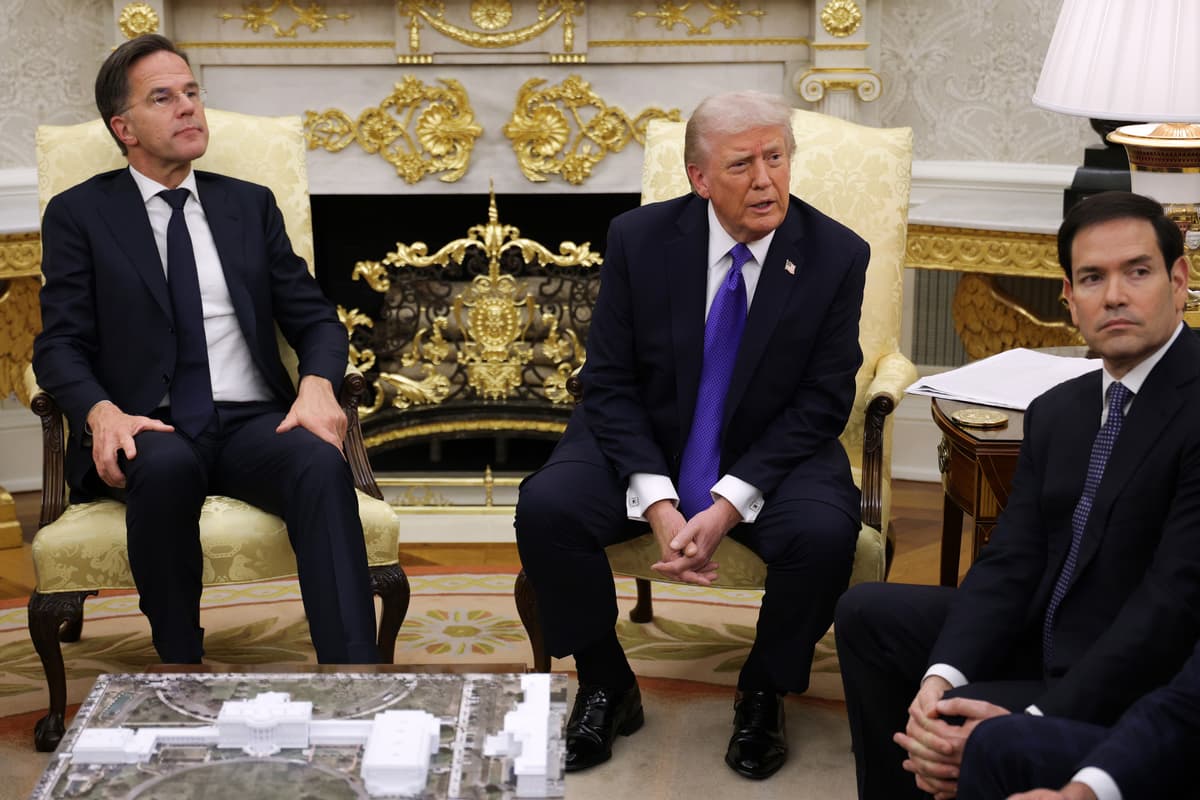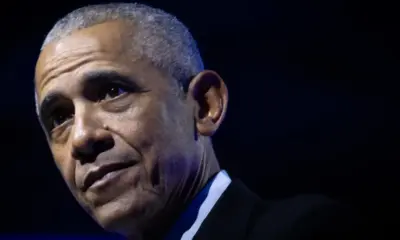World
Trump Imposes Sanctions on Russian Oil, Promises Results in Six Months

President Donald Trump has announced sanctions against Russia’s two largest oil-exporting companies, Lukoil and Rosneft, indicating that the full impact of these measures will become evident in six months. This move comes amid escalating tensions surrounding Russia’s ongoing military actions in Ukraine. In a press conference, President Vladimir Putin expressed confidence that while there will be “certain consequences,” they will not significantly affect Russia’s economy.
The sanctions are part of the Trump Administration’s broader strategy to apply pressure on Russia. Initial reports suggest that both India and China, which together account for approximately 75 percent of Russia’s oil exports, are moving to reduce their purchases. Analysts predict that by the end of a one-month transition period, India may cut its imports entirely, while China could reduce its purchases by up to 50 percent.
The timing of the sanctions appears strategically chosen, as the Biden Administration had previously sanctioned Russia’s third- and fourth-largest oil producers but left Lukoil and Rosneft untouched, fearing inflationary impacts during an election year. Today, with inflation rates stabilizing, the Trump Administration feels empowered to implement these sanctions.
October 2023 has already seen a decline in Russia’s oil export revenues, which have dropped by 21 percent compared to the same period last year. With taxes on oil and gas contributing about 25 percent of government revenue, these sanctions pose a significant threat to Russia’s financial stability. The Kremlin has resorted to utilizing its sovereign wealth fund, which now stands at approximately $50 billion, down from previous levels due to military expenditures.
International Reactions and Economic Implications
The response to the sanctions has been swift and critical from the Russian side. Former President Dmitry Medvedev, now deputy chairman of Russia’s Security Council, described the sanctions as “an act of war” and criticized the United States for its aggressive stance. He emphasized that the U.S. is perceived as an adversary, further escalating the rhetoric between the two nations.
On the European front, unity has emerged in response to Russia’s actions. The United Kingdom has sanctioned the same oil companies, reinforcing the collaborative efforts between the U.S. and Europe. Similarly, the European Union has approved new sanctions aimed at phasing out purchases of Russian liquefied natural gas by the end of next year, further isolating Russia economically.
Despite these sanctions, Putin warned that should the U.S. supply Ukraine with Tomahawk missiles, the repercussions would be “very serious, if not overwhelming.” Nonetheless, recent developments indicate that Ukraine is making significant strides in its military capabilities, launching its own cruise missile, the Flamingo, to target Russian refineries.
As the geopolitical landscape shifts, the economic ramifications of the sanctions continue to unfold. The U.S. Treasury has the authority to impose secondary sanctions, potentially barring companies that continue to engage with Russian oil from accessing American capital markets. Reports from New Delhi suggest that Indian refineries, previously reliant on Russian imports, are already shifting their orders to suppliers in the Middle East.
China, too, is adjusting its strategies, with major oil companies suspending purchases of Russian oil. However, the China National Petroleum Corporation, which imports around 800,000 barrels of Russian oil daily, may maintain its operations due to the nature of its agreements.
As President Trump prepares for discussions with President Xi Jinping, the impact of these sanctions on global oil markets remains a critical point of analysis. With both countries engaged in trade talks, the ramifications of the sanctions and the broader implications for international oil supply chains will be closely monitored in the coming months.
In this rapidly evolving situation, the intersection of geopolitical strategy and economic stability will play a crucial role in shaping the future dynamics between Russia, the United States, and their respective allies.
-

 Business1 week ago
Business1 week agoIconic Sand Dollar Social Club Listed for $3 Million in Folly Beach
-

 Health1 week ago
Health1 week agoPeptilogics Secures $78 Million to Combat Prosthetic Joint Infections
-

 Politics1 week ago
Politics1 week agoAfghan Refugee Detained by ICE After Asylum Hearing in New York
-

 Science1 week ago
Science1 week agoResearchers Achieve Fastest Genome Sequencing in Under Four Hours
-

 Lifestyle1 week ago
Lifestyle1 week agoJump for Good: San Clemente Pier Fundraiser Allows Legal Leaps
-

 Health1 week ago
Health1 week agoResearcher Uncovers Zika Virus Pathway to Placenta Using Nanotubes
-

 World1 week ago
World1 week agoUS Passport Ranks Drop Out of Top 10 for First Time Ever
-

 World1 week ago
World1 week agoRegional Pilots’ Salaries Surge to Six Figures in 2025
-

 Entertainment1 week ago
Entertainment1 week agoJennifer Lopez Addresses A-Rod Split in Candid Interview
-

 Top Stories6 days ago
Top Stories6 days agoChicago Symphony Orchestra Dazzles with Berlioz Under Mäkelä
-

 Science1 week ago
Science1 week agoMars Observed: Detailed Imaging Reveals Dust Avalanche Dynamics
-

 World1 week ago
World1 week agoObama Foundation Highlights Challenges in Hungary and Poland









